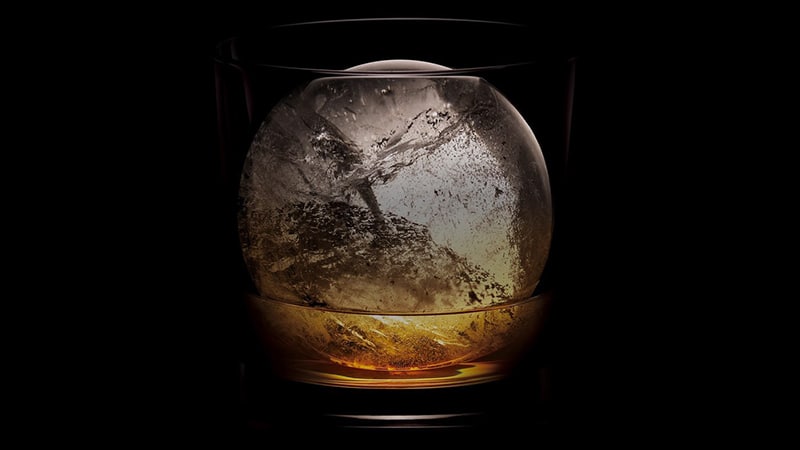
Ice is the most important ingredient in the preparation of a good drink, not only because it cools, but because it helps to keep the proportions between the ingredients, diluting them and lowering the alcoholic tenor. There are multiple typologies of ice on the market, with different forms, dimensions and quality.
Why does the ice cool? The heat tends to move from a higher temperatures zone to zones with lower temperatures. Think about a container with isolated sides, with no heat exchange with the outside and containing a liquid and some ice. In this case, a heat shift from the liquid (having a higher temperature) to the ice will happen. Thus, we will have the cooling of the liquid and the heating of the ice, until there will be a new thermic balance. For this reason, there is no cooling without dilution and because of this, it is good to use a lot of ice for the creation of a good drink. Here is where the typology of ice to use comes in to play, depending on what we want to cool.
A cocktail needs a different typology of ice compared to a drink that is served in a small dose, like a whisky. The reason is simple: if it is not possible to completely immerse the ice into the drink, it is better to use larger dimension ice, so that a minor surface of ice is in contact with the liquid. This makes the ice heating up slowlier, melting for a longer period of time and diluting less our drink.
An example is the Japanese method of processing the ice, consisting in carving the classic forms, like balls, cubes and chunks (pieces of irregular ice), out of big blocks, in a way that the surface in contact with the liquid is minor.

